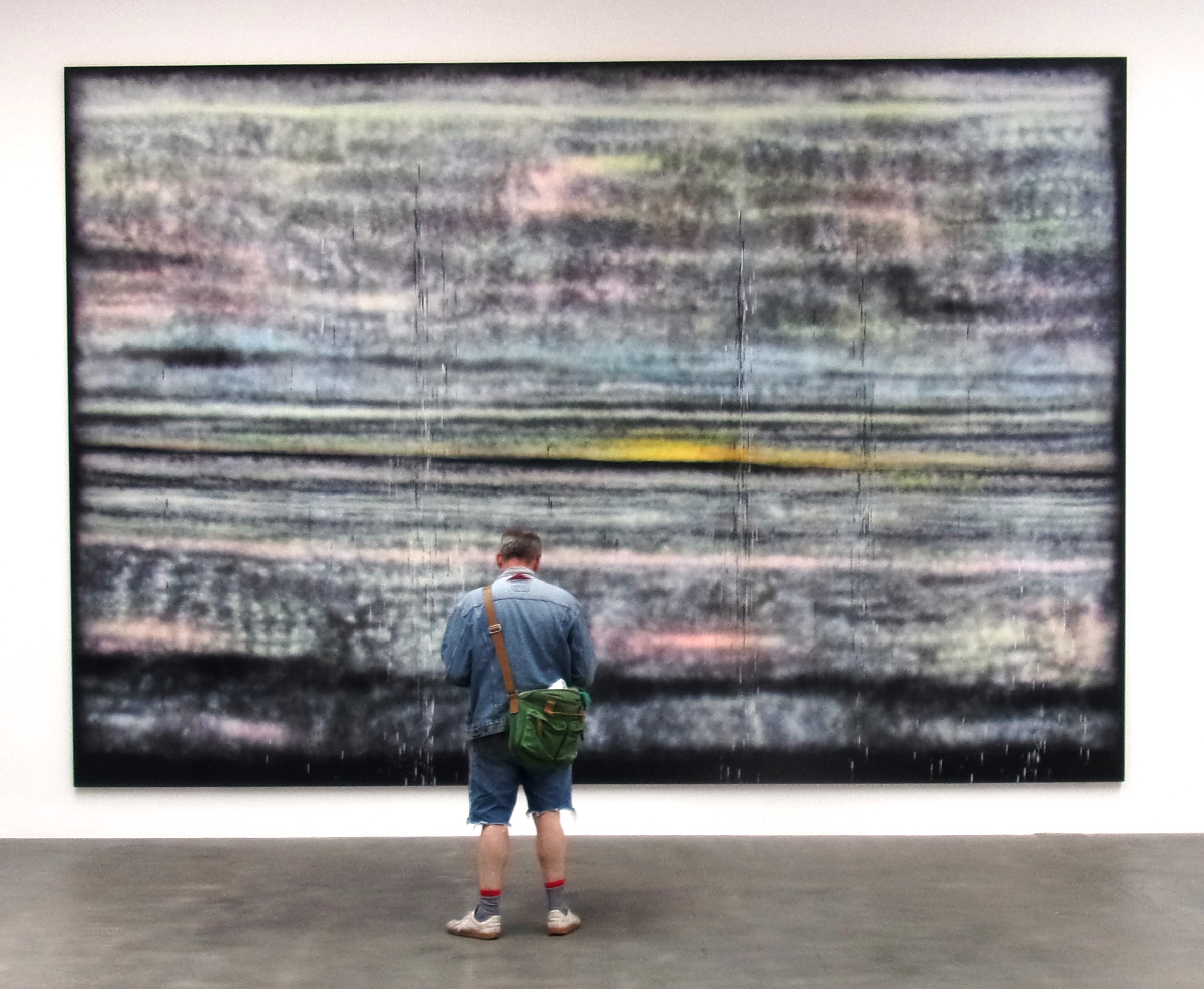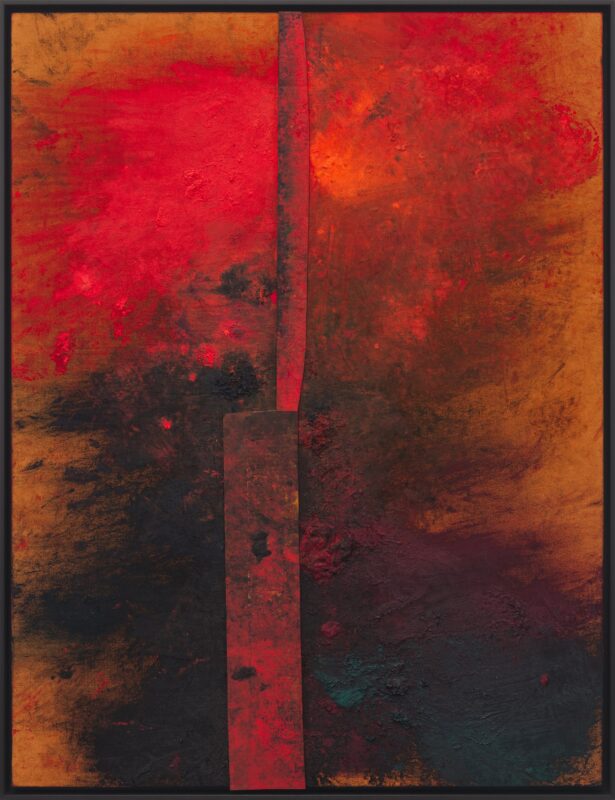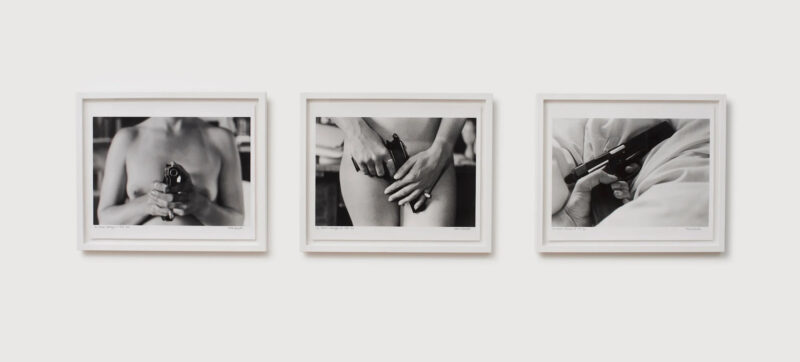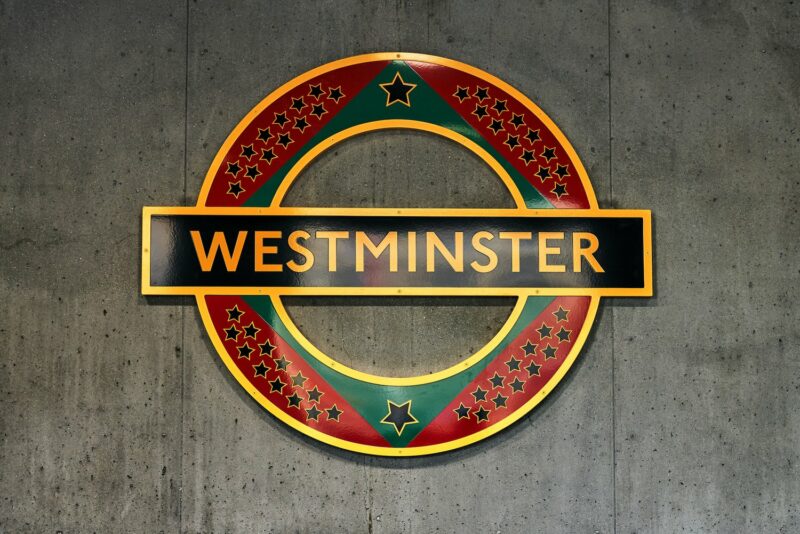Londoners currently have a threefold chance to consider the work of the LA-based American artist Sterling Ruby (born 1972). The Gagosian Gallery’s excellent survey of spray painting has one of the biggest (‘SP311’, 2014 is 235 x 160cm) of the series for which Ruby first became known. The tropes of abstract painting clash with those of the street, setting graffiti or its removal against, say, Rothko or Stella. Ruby uses a spray can up close until it is exhausted, causing drips and streaks as well as an ethereal sense of structure not quite coming into focus. Inigo Philbrick has several of these, and the David Roberts Art Foundation pairs one with a studio floor collage and one of Ruby’s Monument Stalagmite sculptures. They’re made by pouring urethane resin down a wooden armature suspended from the studio ceiling. After drying over a couple of months, the structure is inverted it to yield a wet-looking phallic shape – often over 5m tall, but made to seem vulnerable by the apparent need for a wooden crutch come flying buttress to support the upthrust. Ruby also makes ceramics, and in all three media he generates the somewhat mournful sense that the spray paint, clay and urethane which were so fluid and full of possibilities have become geologically fixed. That could be why the stalagmite is implicated by the label PTAC – from the US police expression ‘Party to a Crime’ – the offence being to close down options.
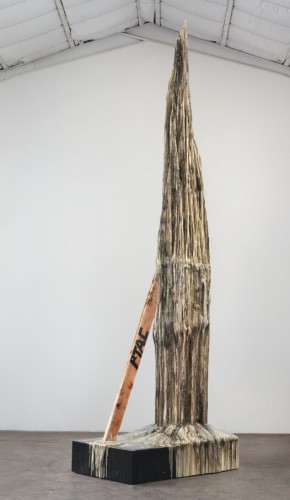
Sterling Ruby: ‘Monument Stalagmite/P.T.A.C.’, 2012
Most days art critic Paul Carey-Kent spends hours on the train, traveling between his home in Southampton and his day job in London. Could he, we asked, jot down whatever came into his head?
